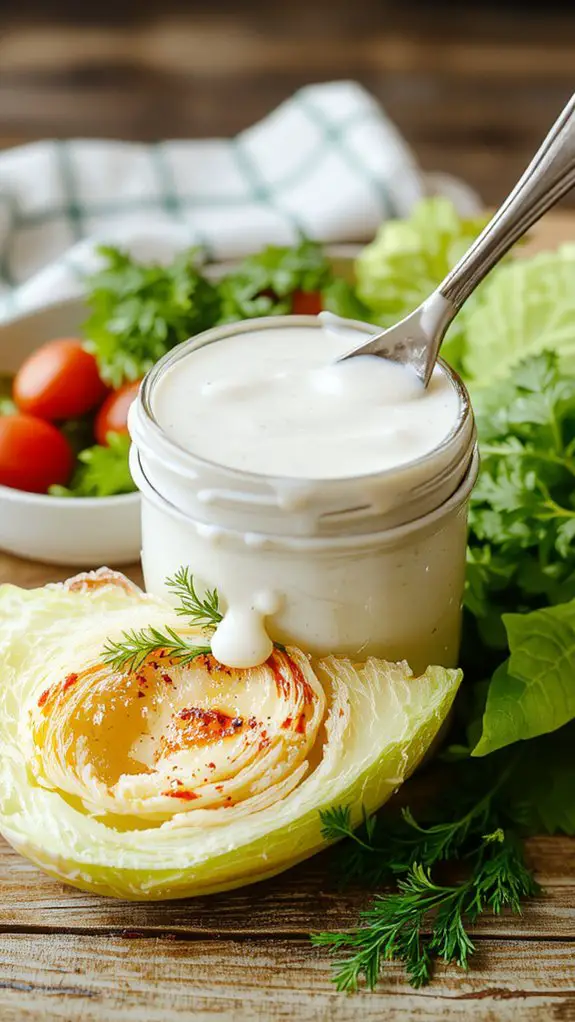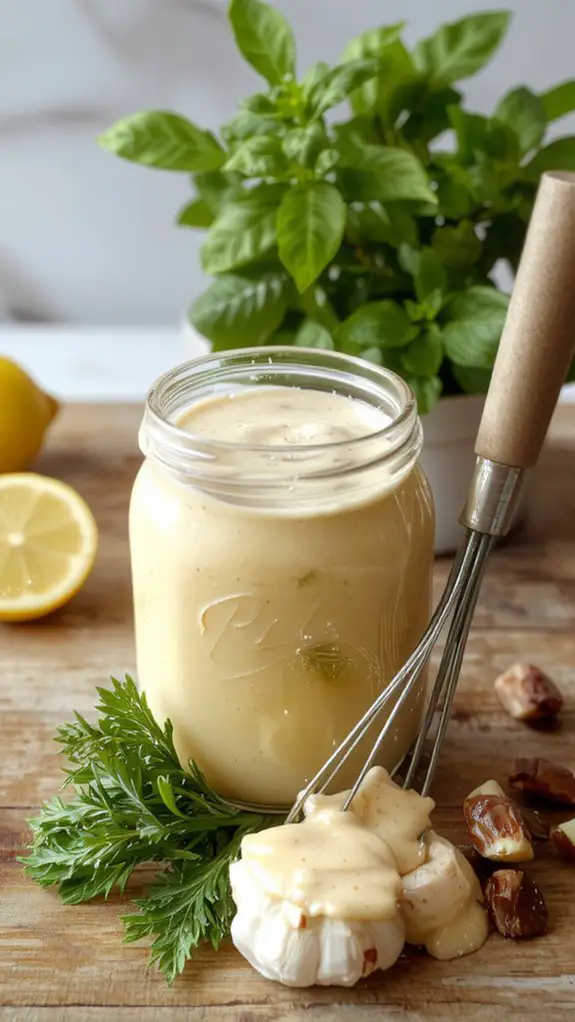Recipe
There’s something magical about a Greek salad—it’s fresh, vibrant, and bursting with flavors that make you feel like you’re dining by the Aegean Sea. This isn’t just any salad; it’s the kind that turns a simple meal into a celebration of textures and tastes.
Crisp cucumbers, juicy tomatoes, briny Kalamata olives, and creamy feta come together in a harmony that’s downright addictive. The secret? A homemade dressing with extra-virgin olive oil, oregano, and a splash of lemon that ties everything together.
I’ve made this countless times, and trust me, once you try it, you’ll never go back to store-bought versions. It’s effortless, satisfying, and the perfect way to bring a taste of Greece to your table.
Ingredients
Fresh, vibrant, and simple, the key to a standout Greek salad lies in the quality of its ingredients. Opt for the best you can find—this dish is all about letting the flavors shine. Here’s what you’ll need:
The Essentials (Don’t Skip These!)
- Cucumbers: English or Persian cucumbers are ideal—thin-skinned, crisp, and seedless. Their invigorating crunch is non-negotiable.
- Tomatoes: Go for ripe, juicy varieties like beefsteak or heirloom. Cherry tomatoes work too, offering a burst of sweetness.
- Red Onion: Thinly sliced for a sharp, tangy bite. Soak in cold water for 10 minutes if you want to mellow the flavor.
- Kalamata Olives: Their briny richness is the heart of this salad. Pitted or unpitted—your call.
- Feta Cheese: Buy it in a block, not pre-crumbled. Creamy, salty, and tangy, it’s the star of the show. Go for sheep’s milk feta for authenticity.
- Extra Virgin Olive Oil: High-quality EVOO is a must—it ties everything together with a silky finish.
Add-ins (Optional but Awesome)
- Green Bell Peppers: For extra crunch and color.
- Oregano: Fresh or dried, it adds a herby depth.
- Red Wine Vinegar: A splash enhances the dressing’s tang. Lemon juice works too for a brighter twist.
Pro Tips:
- Always toss the salad gently to avoid crushing the tomatoes or cucumbers.
- Add feta in chunks instead of crumbling it—it looks rustic and tastes better.
- If you’re prepping ahead, keep the dressing separate until serving to keep everything fresh.
Substitutions:
No red onion? Shallots or green onions work in a pinch.
Out of Kalamata olives? Black olives will do, though they’re milder in flavor.
Vegan? Swap feta for a dairy-free alternative or skip it altogether.
Little Wins:
Sprinkle a pinch of sea salt over the tomatoes before assembling—it wakes up their flavor.
Finish with a grind of black pepper and a generous drizzle of olive oil for that authentic Greek touch.
How to Make the Best Authentic Greek Salad Preparation

• Season at the end.
Salt draws moisture out of veggies, so add it right before eating to maintain freshness.
A pinch of flaky sea salt elevates flavors.
• Serve with crusty bread.****
The juices make a perfect dip!
No bread? Pita chips work too.
Nutrition
This Greek salad is not only delicious but also packed with essential nutrients. Here’s a breakdown of the nutritional content per serving:
| Nutrient | Amount |
|---|---|
| Calories | 230 kcal |
| Protein | 6 g |
| Carbohydrates | 12 g |
| Fat | 18 g |
| Fiber | 3 g |
| Sugar | 7 g |
| Sodium | 480 mg |
Chef Tips
When making a Greek salad, I always recommend chopping the vegetables into similar-sized pieces so each bite has a balanced mix of flavors.
Use ripe, in-season tomatoes for maximum sweetness, and don’t skimp on the olives—Kalamata are my go-to.
Toss the salad gently to avoid crushing the ingredients, and add the dressing just before serving to keep everything crisp and fresh.
Enjoy!
Frequently Asked Questions
What Substitutes Work for Kalamata Olives?
If you don’t have kalamata olives, I’d recommend using black olives, though they’re milder. Green olives, like Castelvetrano, add a briny kick. Capers or marinated artichoke hearts can also work for a similar tangy, savory flavor.
Can I Make This Salad Ahead of Time?
I’d make it ahead but keep the dressing separate until serving. The veggies stay crisp, and the feta won’t get soggy. Just toss it all together right before you eat—it’ll taste fresher that way.
Is Feta Cheese Essential for Greek Salad?
Feta’s essential for me because it gives that authentic tangy, creamy flavor Greek salad’s known for. Without it, I’d miss the boldness it adds, even if I tried subbing it with something else.
How Long Does Homemade Greek Salad Last?
My homemade Greek salad lasts 3-4 days in the fridge if I store it in an airtight container. I avoid adding the dressing until I’m ready to eat, so the veggies stay fresh and crisp.
Can I Add Avocado to Greek Salad?
Yes, I can add avocado to Greek salad. It’ll give it a creamy twist, though it’s not traditional. I’d toss it in just before serving so it stays fresh. Make sure it’s ripe for the best flavor.










